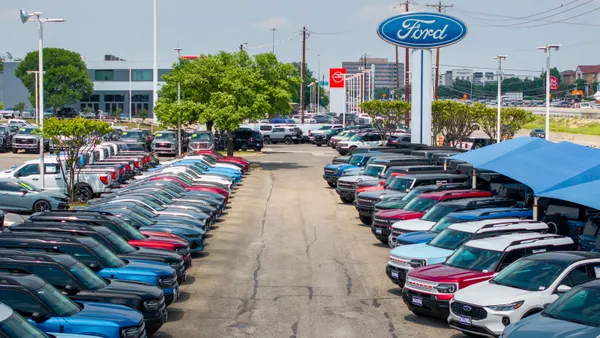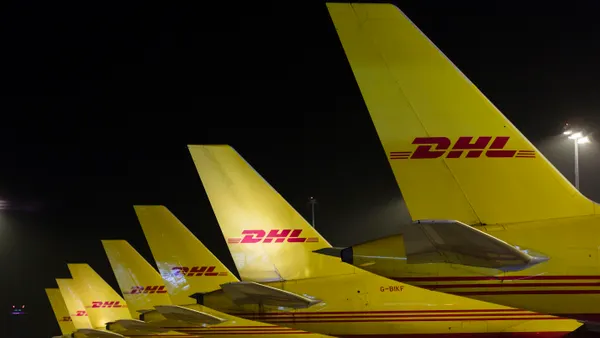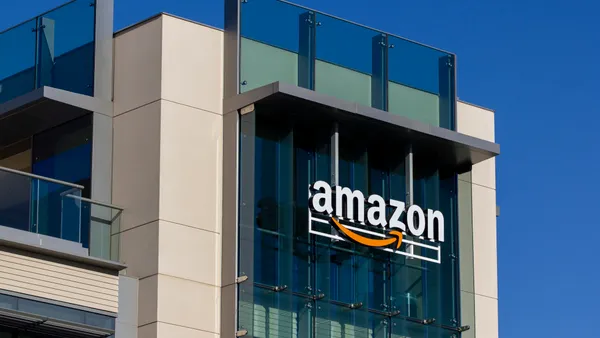Dive Brief:
- Digitized trucking is the road to the future: companies that digitize early could save up to 28% by improving delivery accuracy, freight dispersion, and truck wear and tear, according to a recent PWC report.
- The 6 technologies employed in this process are: vehicle to infrastructure communication; vehicle-to-vehicle communication; remote diagnostics; autonomous driving; integrated supply chain; automated freight matching.
- There are many benefits to digitized trucking, among them greater safety, savings on fuel thanks to platooning (wherein drivers closely align their vehicles to benefit from reduced wind and resistance), quick and immediate rerouting in case of traffic, and advance parking notification.
Dive Insight:
The trucking subsector will change significantly over the next ten years. The industry is currently struggling with a so-called shortage of drivers, driven by high turnover rates, and strict federal regulations enforcing hours of service and safety measures.
But these six technologies present the possibility of making these issues moot by radically transforming the role of the truck driver. As Autonomous vehicles become the industry standard by 2025, drivers will initially be freed to assist with vital administrative tasks and freed from safety hazard such as sleepless driving.
Transport companies will benefit greatly from this implementation, not only in savings, but also in efficiency and customer satisfaction. Vehicle to vehicle communication will result in swifter product delivery, meaning that lag time between seller production and buyer delivery will significantly reduce inventory storage.
The sooner transport companies adopt these coming changes, the more they will benefit. Already, new vehicle production is incorporating connectivity: Daimler emphasized automobile connectivity to cities in a recent technology reveal, and Uber is teaming with Volvo to test their autonomous vehicles in Pittsburgh, PA.












